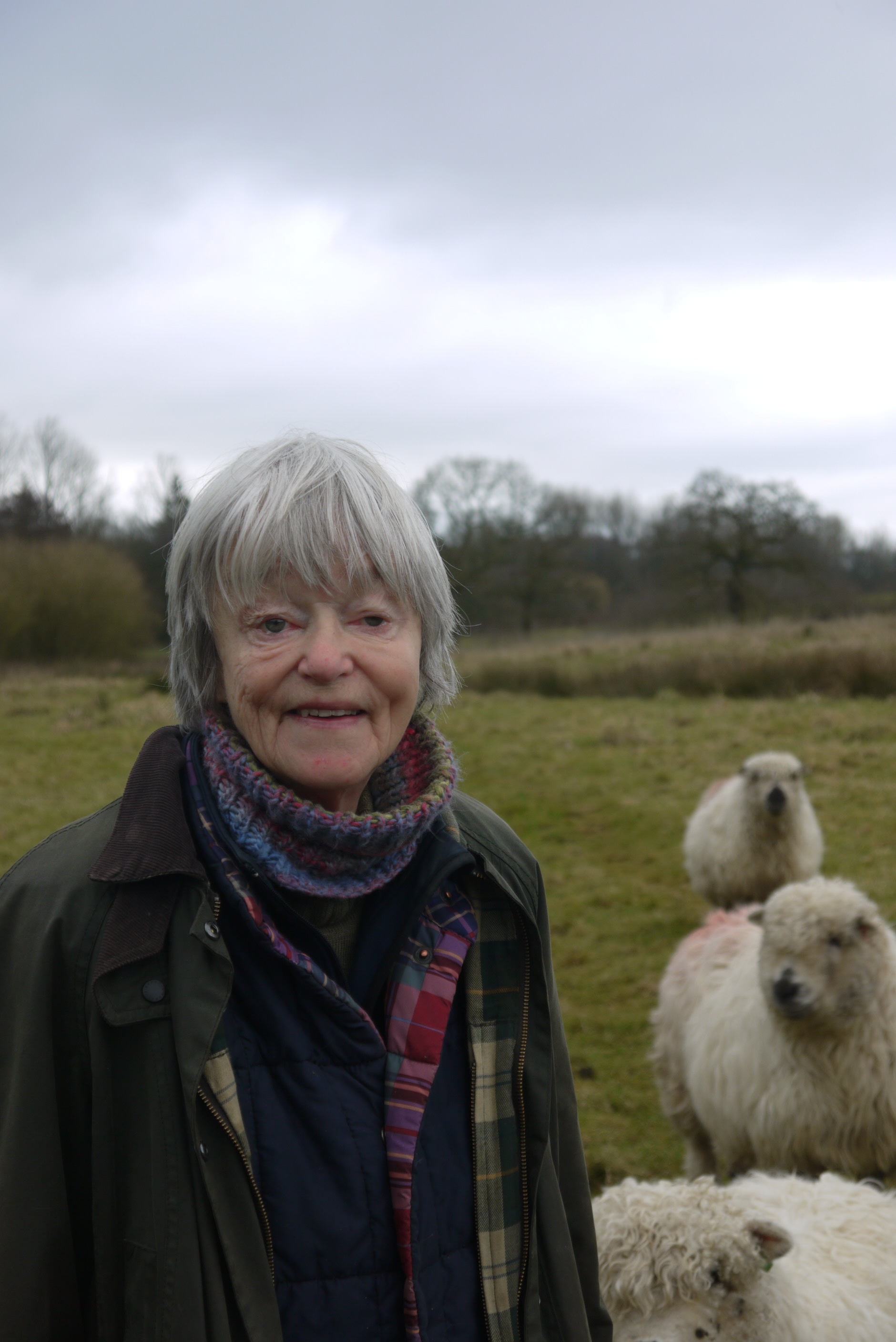March 2018
The beauty of the English landscape has inspired generations and continues to be a highly valued part of our national identity.
High quality landscape is a vital public benefit – it’s what people care about and why people visit the countryside. Yet over the last 70 years the diversity and richness of our landscape have dwindled, causing Oliver Rackham to observe in his ‘History of the Countryside’ (1984) that “Almost every rural change since 1945 has extended what is already commonplace at the expense of what is wonderful or rare or has meaning’.
The losses that have led to this simplification of the landscape are now well rehearsed and include: 7,250 km of hedgerows lost each year between 1945 and 19701; less than half of the surviving managed hedges in Britain classified as in ‘good structural condition’2; 95% of flower rich meadows lost between 1945 and 19993; and 80% of the UK’s lowland heathland gone since 1800 – a great majority of it in England4. Of course, past and present agri-environment schemes have helped stem and, in some cases, reverse these trends, helping to conserve landscapes and biodiversity.
The Government’s consultation on the future of agriculture ‘Health and Harmony: the future for food, farming and the environment in a Green Brexit’ (February 2018) is greatly welcomed. Worryingly, though, we are asked to rank different public goods, such as water quality, soil health, air quality, biodiversity, beauty and heritage and so on. All of these are vitally important to well-being and in our response to climate change, so this ranking seems to be a misunderstanding of the challenges we face. In a small country we need to maximise the benefits we get from individual actions (which represents good value for money too) rather than rely on single benefit approaches.
To take an example: a hedgerow can aid water infiltration reducing flood risk, it can stabilise soils and reduce soil erosion, it can be part of a biodiversity network and along with its verges can be an important habitat for pollinating insects, it can sequester carbon, and can aid air quality as well as being an important landscape feature. The actual combination of benefits it provides will depend on where it is located.
Landscape is everywhere and will be affected by nearly all decisions on public benefits, for good or bad. Landscape can be likened to a basket or, more appropriately, a tapestry that weaves together all the decisions on land management that are taken in a locality past, present and future. It is a tapestry we inherit from our predecessors. In providing public benefits for the future, we can either take a single benefit approach, providing ‘patches‘ to address particular problems or we can look for synergies that work with the grain of the landscape tapestry, reflecting local landscape character. As one example, recreating wildflower meadows on steeper slopes can prevent soil erosion, store soil carbon, provide a valued habitat in its own right, and support pollinators and ground nesting birds, as well as enhancing the landscape.
In going for a multi-benefit approach, there may well be a case for supporting those farm types that bring the greatest range of environmental benefits, such as enhanced payments for mixed farms, extensive pastoral and upland farming or arable farms under zero-till regimes.
We are fortunate in already having the tools to take a more tailored approach that enhances our landscape and offers multiple benefits. Natural England’s National Character Areas (NCA) Profiles, that define areas of common landscape character at the regional scale and together cover the whole of England, provide an established spatial framework for guiding such decisions.
In short, the Government’s aim for simplicity shouldn’t be at the expense of enhancing our diverse landscape heritage and tailoring schemes to deliver multiple benefits, as ultimately this will deliver the best value for money.
Lyndis Cole, CPRE Policy Committee member and former Director of Land Use Consultants
Follow @CPRE on Twitter
1 National Trust Hedges book p.64
2 Hedgelink - http://www.hedgelink.org.uk/index.php?page=16#Keyf...
3 CPRE 1999
4 RSPB State of Nature 2016, p.21
The opinions expressed in this blog are the author's and not necessarily those of the wider Link membership.




Latest Blog Posts